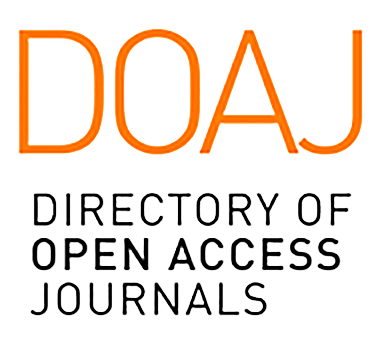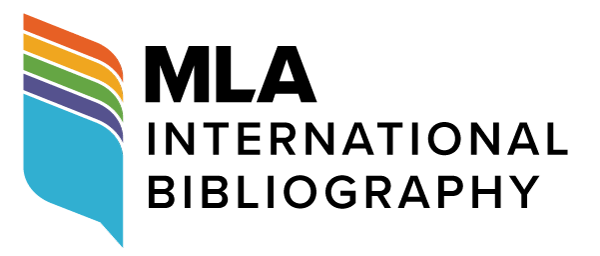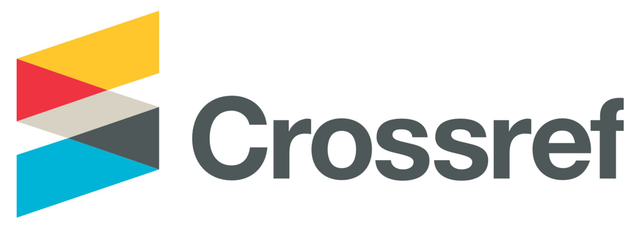

2708-9517








MLA Directory of Periodicals
REAO: East Asian Studies Journals
EBSCO Education
ProQuest
Google Scholar
Semantic Scholar
ROAD
BASE
Helka Helsinki Library
Baidu Scholar
Ex Libris
Jouroscope
US Department of Commerce Research Library

Joy Chengyu Lin
Concordia University, Dawson College, Canada
Grace Cheng-Ying Lin
Concordia University, Canada
Abstract
Learning hanzi (Chinese characters) has been regarded as a challenging task due to the complex strokes, the rupture between shape and sound, and the memorization required. Targeting a Chinese as a Foreign Language (CFL) student audience, this paper demonstrates the pedagogical benefits of learning the correct Chinese order of strokes (COS) and bujian (component) for hanzi acquisition. This research was conducted at a CEGEP (Collège d'enseignement général et professionnel in French; General and Vocational College in Quebec in English) located in metropolitan Montreal. Results showed that students' knowledge of COS and bujian improves the outcome of their handwriting. When writing hanzi without first being demonstrated COS, students tended to make mistakes in strokes, shapes or structure, such as an extra hook or an asymmetrical appearance. However, after being instructed the correct COS, the mistakes decreased. Moreover, it is noticeable that the effects of COS interweaved with students’ previous knowledge of bujian. When students wrote new hanzi that were comprised of bujian that they had been previously exposed to, they often wrote correctly, with appropriate shapes and space arrangements. Students' surveys further affirmed their appreciation of COS and their preference of an instructor’s in-person guidance while taking advantage of multimedia teaching tools for assistance. Following these findings, this paper analyzes several useful pedagogical approaches, including the phenomenographic teaching approach, that allow instructors to prioritize learners’ perceptual experiences through engaging and proactive learning processes.
Keywords
Hanzi, bujian, stroke order, multimedia teaching tool, Chinese as a Foreign Language
汉字笔画与部件教学:预科学院学生学习经验分析
林承豫
蒙特利尔道森学院,加拿大
林承颖
蒙特利尔康科迪亚大学,加拿大
摘要
汉字学习往往被视为困难的任务,原因在复杂的笔画、互不连贯的字形和字音、强调记忆和大量劳力付出的传统教学法。本篇论文面向以中文作为外语学习的读者,列举正确掌握笔画顺序和部件的知识对于学习汉字的教育优势。在魁北克蒙特利尔市一所预科学院收集的资料显示,学习者对笔画顺序和部件的掌握有助提升书写汉字的表现,相反,学习过程若缺乏正确笔画顺序的演示,笔画、字形、结构书写的错误增加,比如多余的笔画、失衡的形体等等,在指引学习笔画顺序后,错误减少。值得注意的是,笔画顺序的表现也与学生已有的部件知识相关,当书写一个具备熟悉部件的全新汉字,学生倾向能正确书写,恰当表现形体和空间分配。学生在意见调查的反馈更进一步肯定笔画顺序知识的价值,教学法方面,学生偏好教师面对面的指引,同时肯定多媒体科技的辅助角色。
关键词
汉字,部件,笔画,多媒体教学,中文作为第二语言